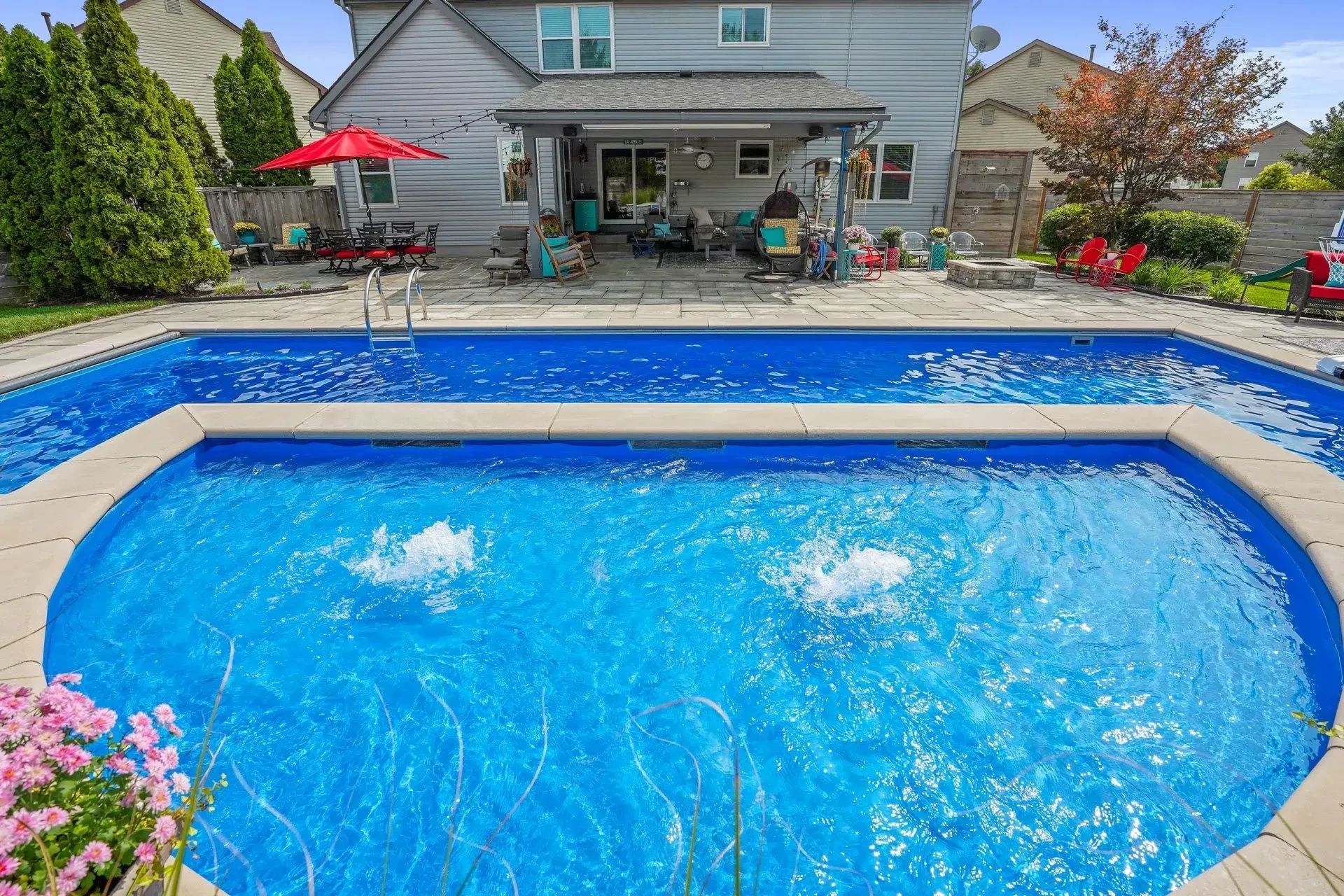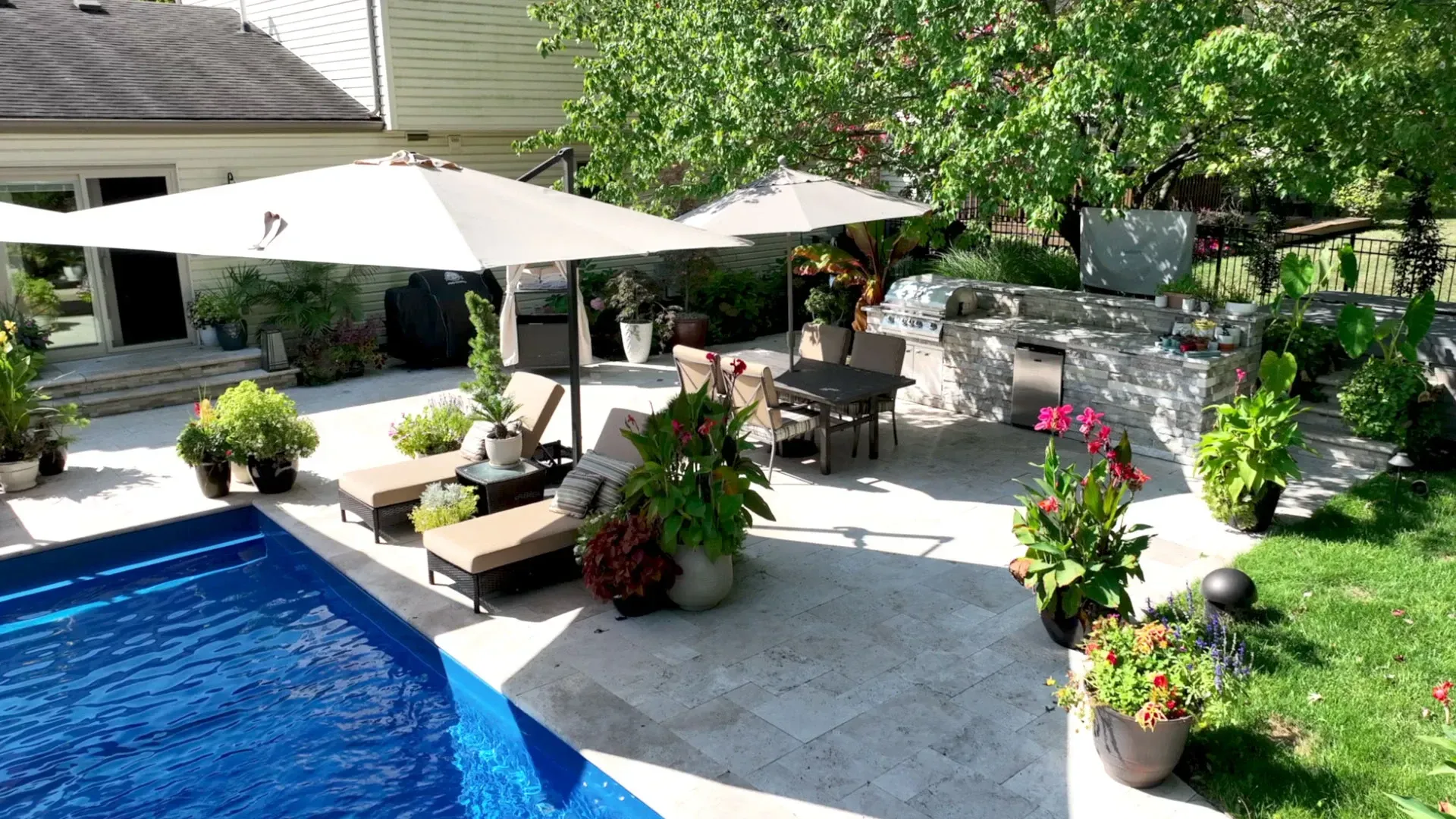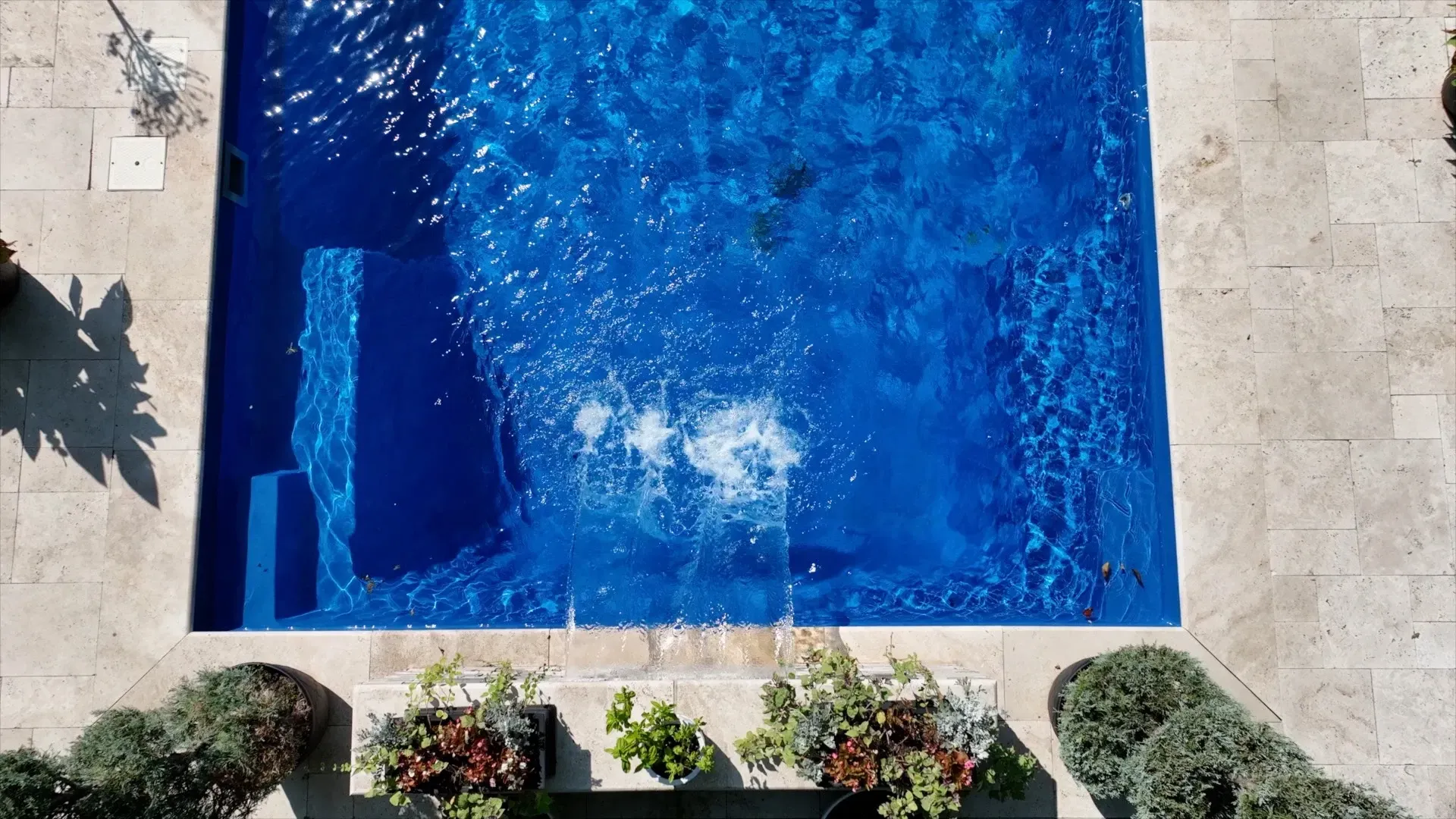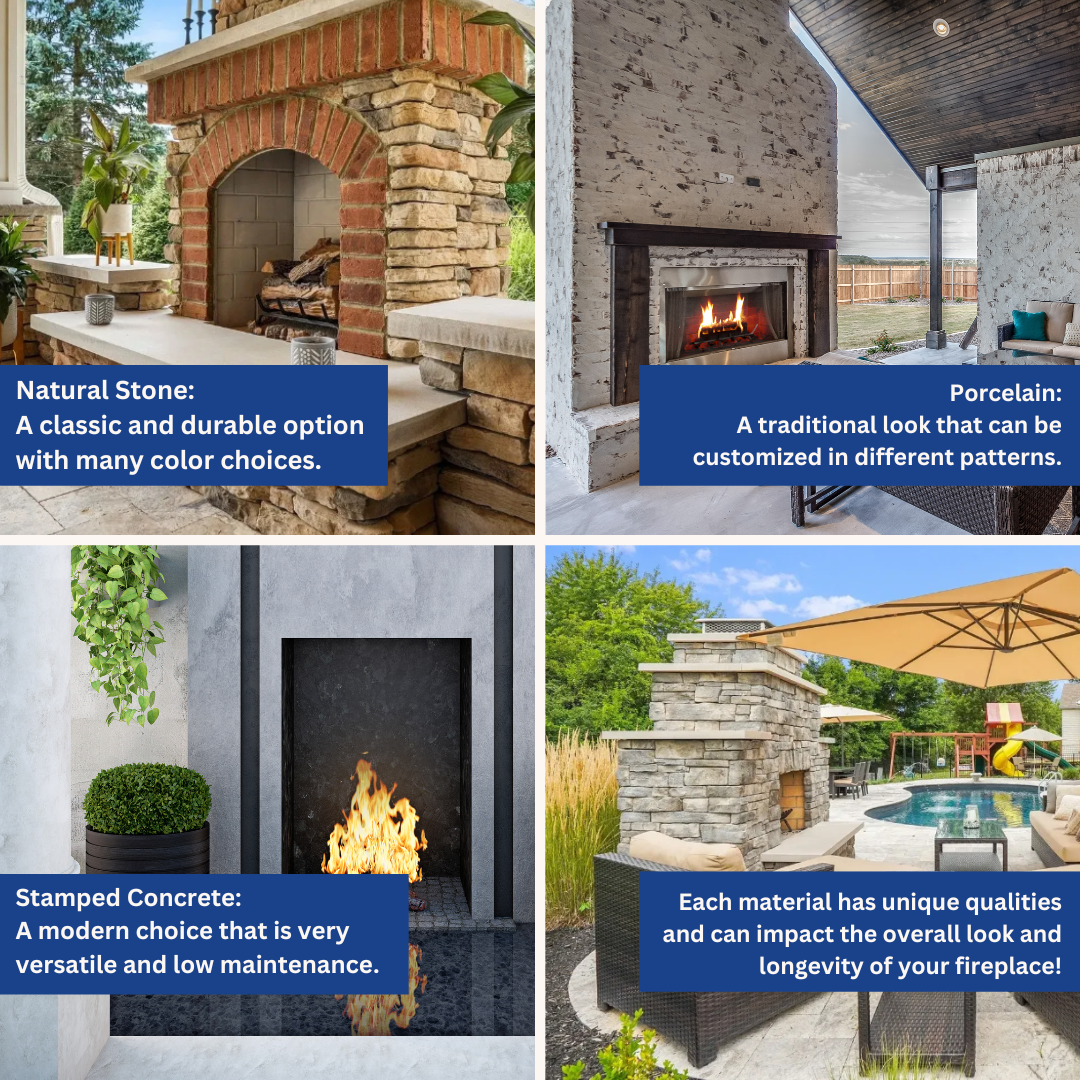Choosing Your Perfect Outdoor Fireplace: Style, Materials, and Must-Have Features
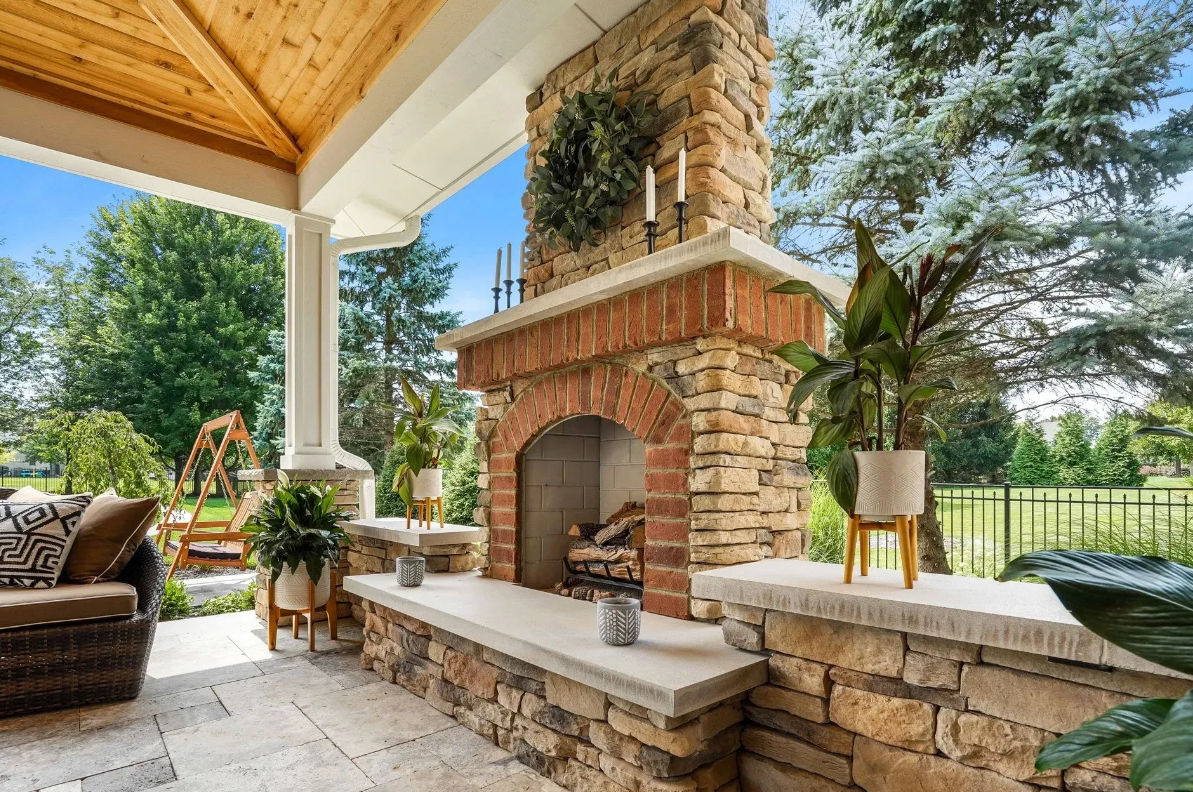
The charm of an outdoor fireplace can't be overstated. As a central feature in your backyard, it not only provides warmth but also transforms the entire ambiance of your outdoor living space. In this guide, we’ll walk you through the essential considerations for selecting the perfect outdoor fireplace that not only meets your needs but also adds elegance and value to your home.
Material Matters: What to Consider for Longevity and Style
When it comes to outdoor fireplaces, the right material is key. You want something that withstands the elements and complements your outdoor décor.
- Natural Stone: Offers a classic, durable option with various color choices.
- Porcelain: Provides a traditional look and can be customized in different patterns.
- Stamped Concrete: A modern choice that’s highly versatile and low maintenance.
Each material has its unique qualities and can significantly impact the overall look and longevity of your fireplace.
Designing for Function and Flair: What Fits Your Outdoor Space?
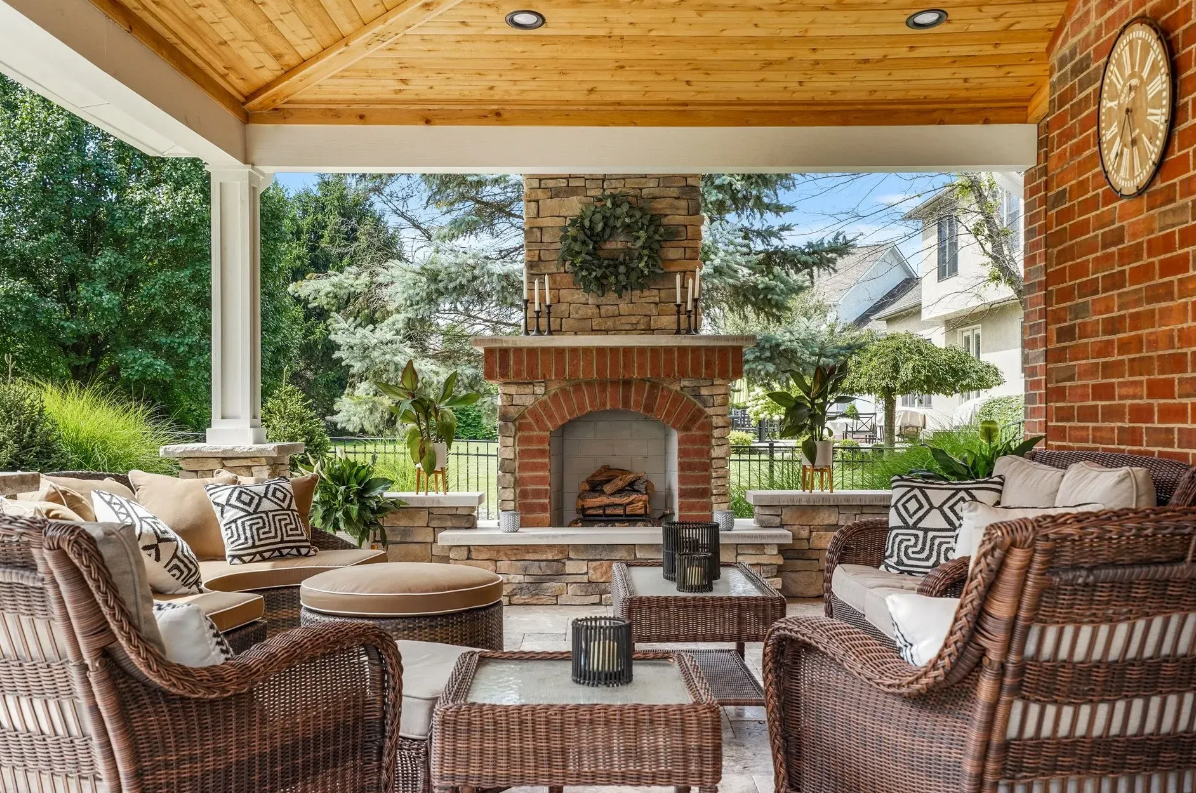
The design of your outdoor fireplace should match the size and style of your backyard. For larger spaces, consider a statement fireplace that serves as the focal point. In smaller areas, a compact, corner fireplace might be more appropriate. Think about functionality – do you want it for warmth, cooking, or simply as a decorative element?
Adding Value to Your Home with the Right Fireplace Features
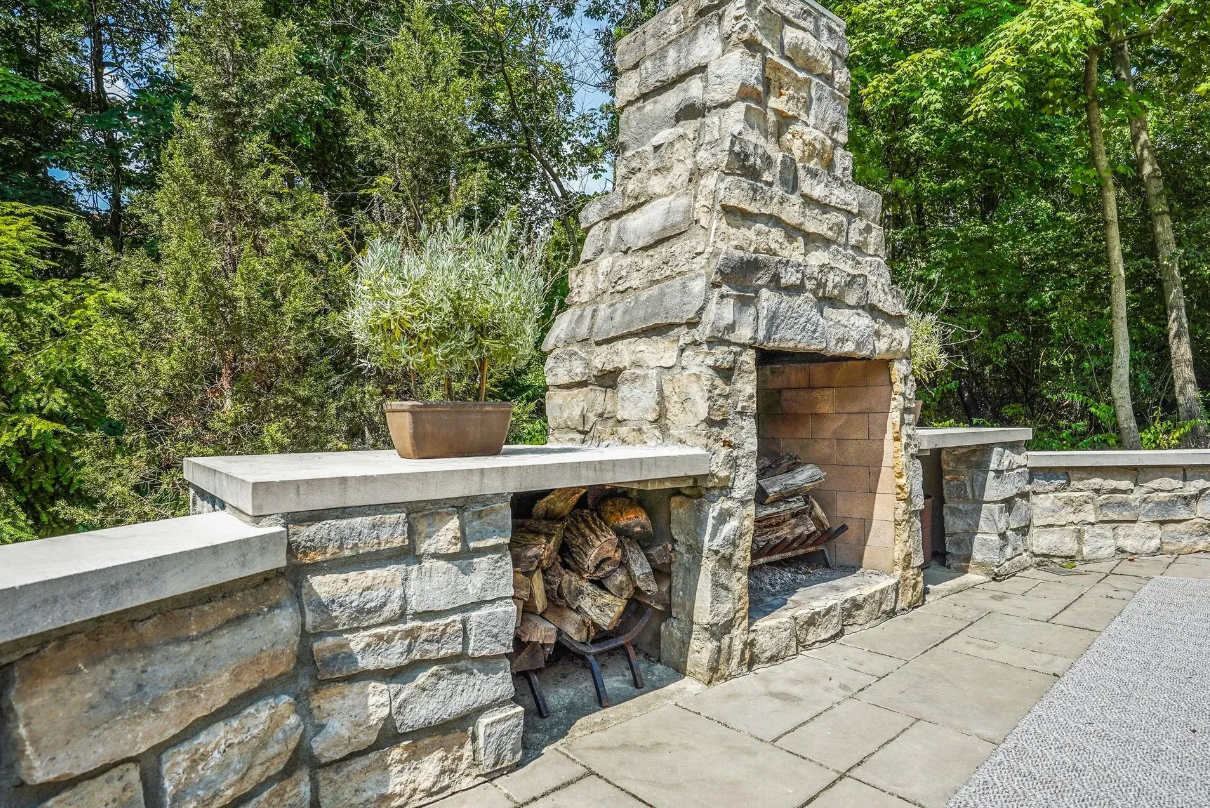
An outdoor fireplace can be more than just a heat source but an investment in your property. Opt for features like adjustable flame control or a built-in seating area. Consider ease of use – gas fireplaces offer convenience, while wood-burning ones provide a traditional experience. Innovative features like smokeless designs or integrated lighting can enhance the usability and aesthetic appeal of your fireplace.
Envisioning your dream outdoor space starts with the right choices. An outdoor fireplace not only enhances your enjoyment of your backyard but can also increase your home's value. With a variety of materials, designs, and features available, it's important to get expert advice tailored to your specific needs and preferences.
OMNI LEARNING CENTER
RECENT POSTS
